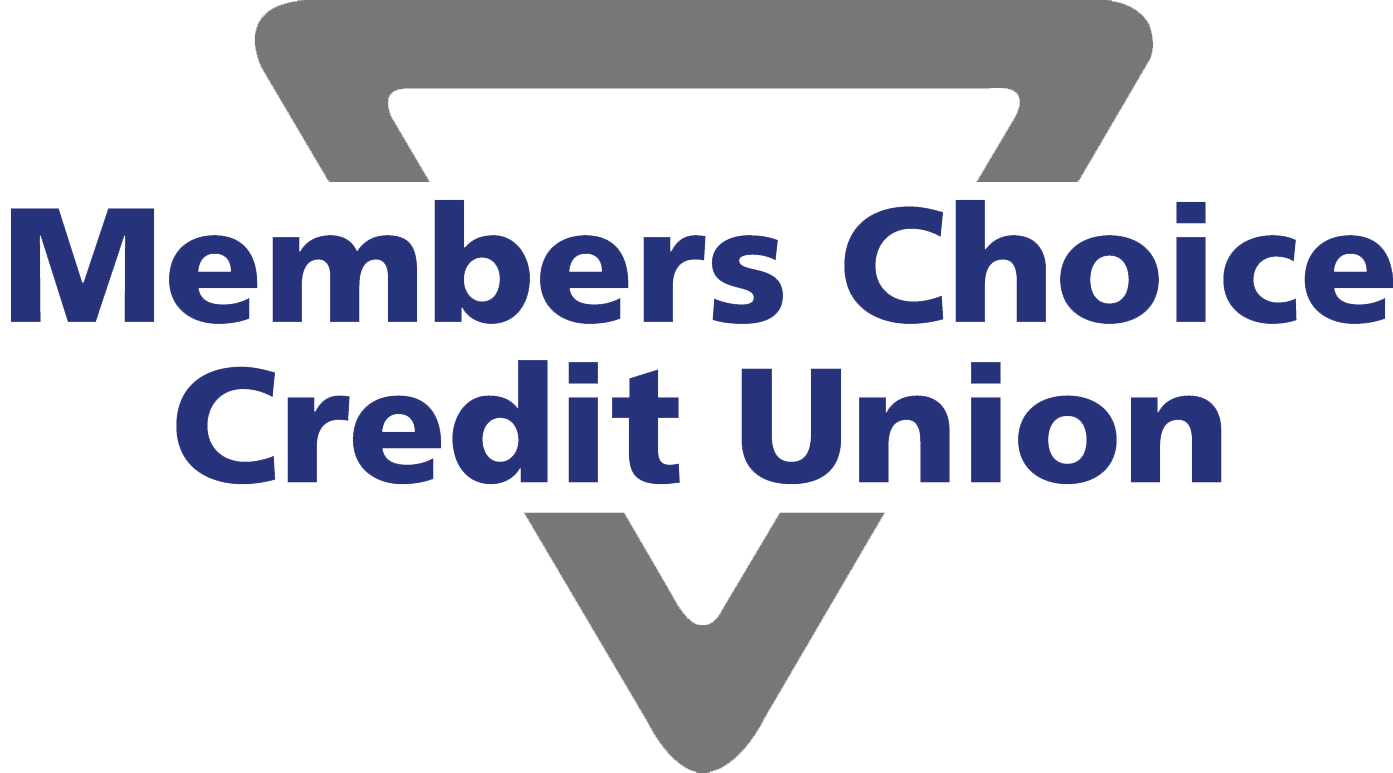12 Steps to Financial Wellness Series Step 9: Build and Maintain an Excellent Credit Score
Let’s explore the best ways to build and maintain an excellent credit score.
Have several active credit cards
Many consumers mistakenly believe the path toward great credit is swearing off all credit cards. However, building and preserving a healthy credit score requires owning a card or two and keeping them active. If you’re just starting out, consider signing up for a beginner’s card, which generally features easy eligibility requirements and very little available credit. Otherwise, be sure you have a minimum of three open cards and that you use them regularly.
To keep your cards active without an open balance, you can pay one fixed monthly bill with each credit card, such as a subscription or monthly membership fee. Set up an automatic monthly payment for the bill by linking your credit card, and then set up an automatic monthly payment for the credit card by linking your checking account to the card. Choose to have the money transferred before the bill is due. This way, your cards will be open and active, and you’ll never have a late payment, which would negatively impact your credit score. Several months of responsibly using your cards will generally help your credit score upward.
Work on paying down debt
If you’ve landed deep in debt and can’t find a way out, now’s the time to work on kicking that debt for good.
First, you can choose your debt-crushing method: The snowball method works by putting all available funds toward paying off the smallest amount of debt first and then the next smallest until all debts are paid off. The avalanche method works the same way but pays off the debt with the highest interest rate first and then the next highest until all debts are paid off. With the snowball method, you’ll see results quicker but may ultimately pay more in overall interest. Choose the method that works best with your personality, goals, and lifestyle.
Next, list your debts. If you’re going with the snowball method, list in order from lowest amount to largest. If you’ve chosen to use the avalanche method, list your debts in descending order of interest rate.
You’re now ready to pay down those debts! Review your monthly budget to find a way to trim your expenses or look for a side hustle, and use the extra cash to maximize your payments toward the debt you’re working on first. Keep at it until you’re debt-free.
It may take a while to crush a mountain of debt, but showing the credit bureaus that you’re on track to pay off that debt can do wonders for your score.
Pay your bills on time
Paying credit card bills when or before they’re due is a major factor in determining your score. Carrying an outstanding balance and/or owing lots of interest shows that you are not timely with your bills and can’t be counted on to repay loans responsibly. As mentioned, you can set up automatic monthly payments for your bills, so you’re never late. Make sure you keep the account you are paying from well-funded to cover your payments as they come out.
Bring down your credit utilization ratio
Another crucial factor contributing to your score is your credit utilization ratio. This refers to the amount of available credit you have and use. It’s best to keep your utilization under 30% or even 10% if you can. To that end, ensure you’re using just a bit of your available monthly credit. In addition, consider accepting offers for increased credit – as long as you know you won’t rack up huge bills by having all that additional credit.
Keeping an excellent credit score is a crucial factor in financial wellness. Use the tips outlined here to build and maintain a great score.




